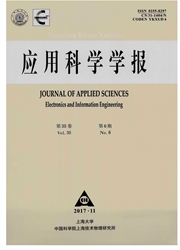

 中文摘要:
中文摘要:
针对允许神经元发放多个脉冲的Spiking神经网络(SNN)的学习,提出采用更接近生物神经元的SRM模型,更全面地考虑了神经元在发放脉冲后的状态变化,并采用BP学习算法调整神经元的不应期.通过对XOR问题、IRIS数据集以及泊松脉冲序列的测试,表明这种多脉冲发放的SNN比单脉冲发放的SNN能够更有效地传递信息,提高学习速度.
 英文摘要:
英文摘要:
A more biologically plausible spiking response model (SRM) is presented to cope with the learning problem of spiking neural networks (SNN) in which neurons can spike multiple times. In constructing this model, the dependence of the postsynaptic potential upon the firing times of the postsynaptic neuron is not neglected. We derive an additional error back-propagation learning rule for the coefficient of the refractoriness function. The algorithm has been tested on classification tasks of XOR problem, IRIS dataset and Poisson spike trains. The results show that the SRM based SNN with neurons that fire multiple spikes can transfer information more efficiently and speed up training compared to SNN with neurons that fire only once.
 同期刊论文项目
同期刊论文项目
 同项目期刊论文
同项目期刊论文
 期刊信息
期刊信息
